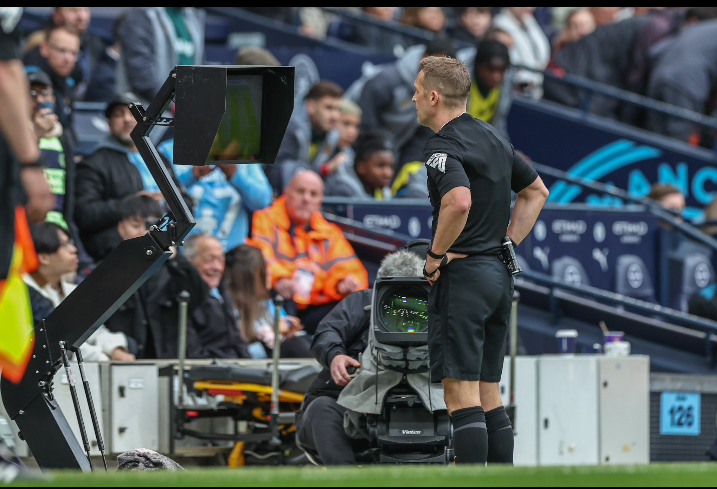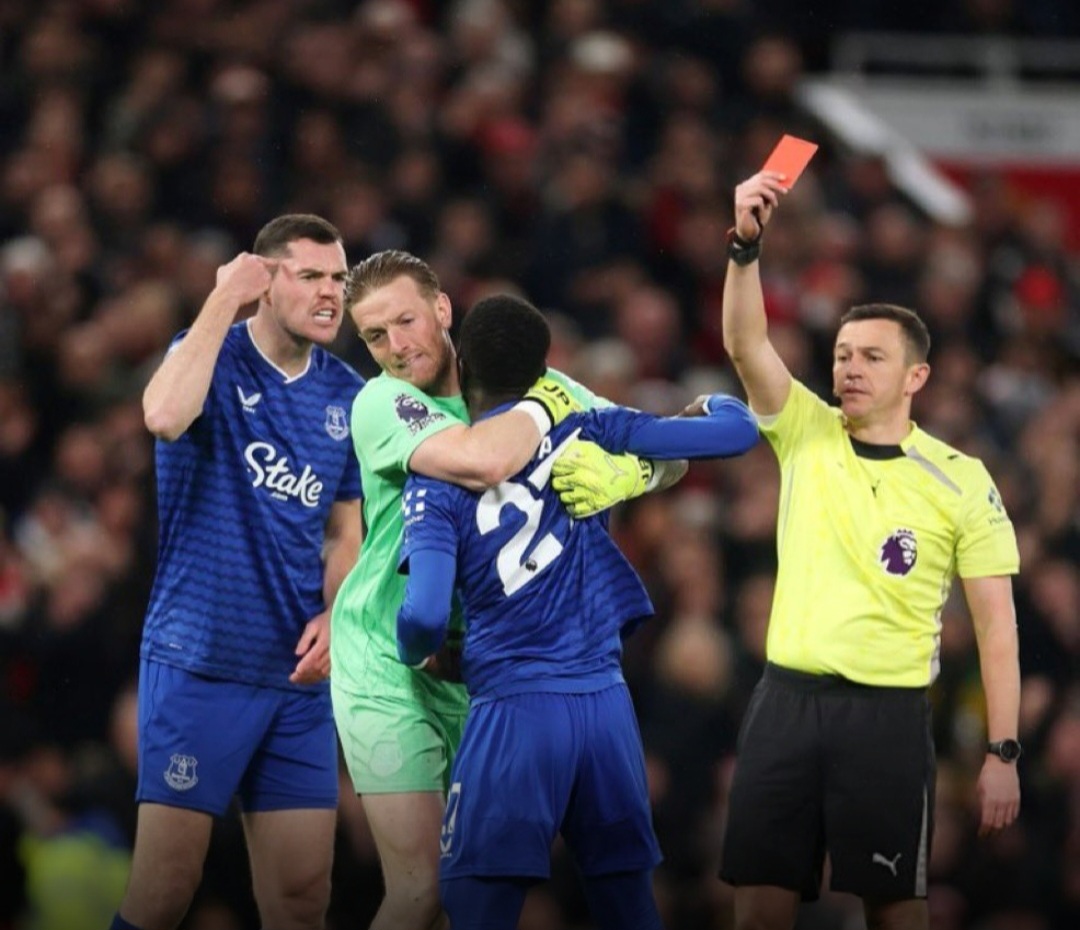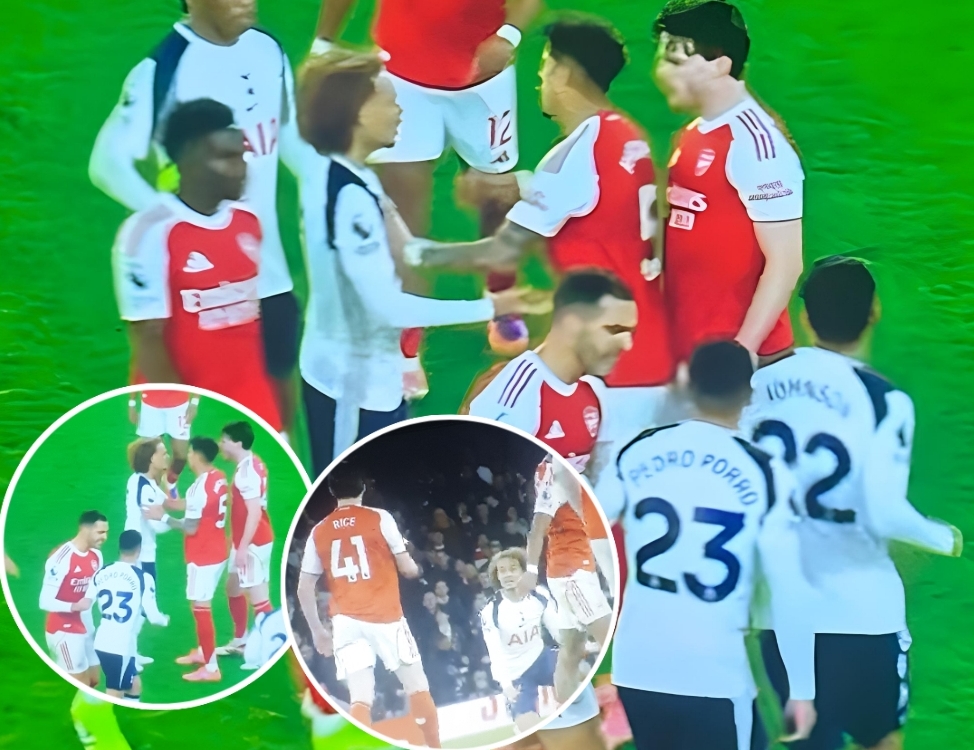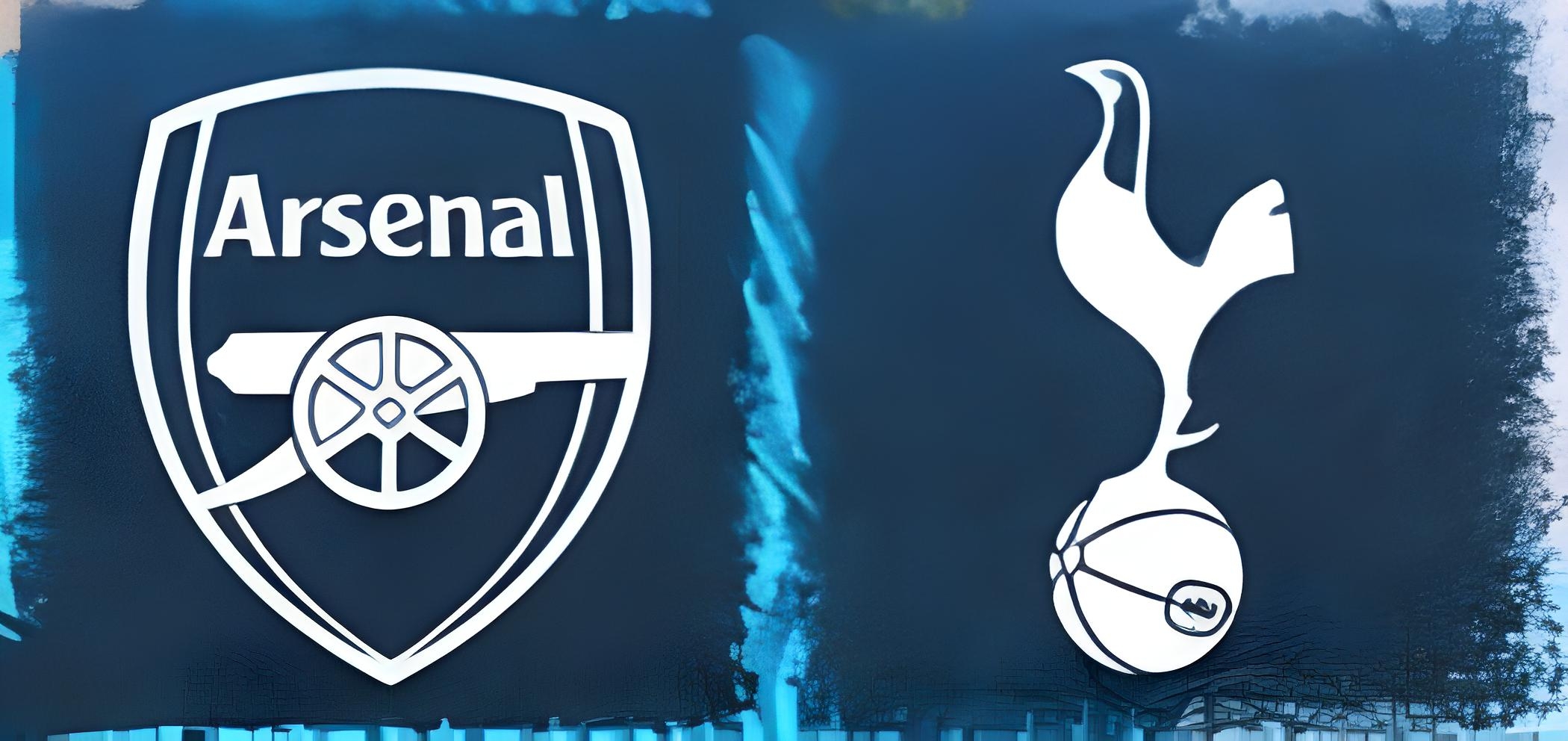FIFA confirm major change to international breaks which will anger Premier League bosses
FIFA have made a significant change to the international calendar – and it’s not good news for Premier League managers.
The ongoing November window, the final set of matches until March, is rapidily becoming a farce after a host of big-name stars from around Europe withdrew from squads after receiving call-ups. England have seen an unprecedented amount of players do so, with EIGHT being withdrawn from Lee Carsley’s squad ahead the Three Lions’ Nations League double-header this week.
Liverpool defender Trent Alexander-Arnold, Chelsea duo Levi Colwill and Cole Palmer, Phil Foden and Jack Grealish of Manchester City, Southampton goalkeeper Aaron Ramsdale and Arsenal pair Declan Rice and Bukayo Saka were all ruled out through injury, putting a spanner in the works for interim boss Carsley
emier League managers have been putting pressure on their players to withdraw if they have knocks and niggles. The November break is the third since the new top-flight season began and FIFA are being criticised for keeping the same schedule amid increased fixture congestion at club level
Top teams are being asked to play more games in the Champions League and Europa League ahead of the newly-expanded Club World Cup taking place in the USA next June. That’s just a few weeks after the current Premier League campaign comes to an end.
But things will change after the 2026 World Cup, held in the United States, Canada and Mexico. In documents published by FIFA last year, it was confirmed that there’ll only be two international breaks during the first half of the 2026-27 Premier League season
The unpopular November break will remain in place, with each nation playing two matches just like in both March and June. The major change sees the September and October breaks merge into one four-match window, giving international managers more of an opportunity to work with players while also putting increased pressure on clubs to release them.
Players often withdraw from international squads because of short-term injuries, but given that the mid-September to early October window will last longer than usual, there’ll be more time for them to recover and meet up with their international team-mates at a later date. In 2026 for example, England will be due to play four matches will between September 21 and October 6.
The plus side for Premier League managers is that they’ll only have to deal with two breaks in the first half of the season, making for a slightly more fluid campaign. But, like with most of FIFA and UEFA’s ideas to shakeup the football calendar, there’s almost certain to be backlash.








Post Comment